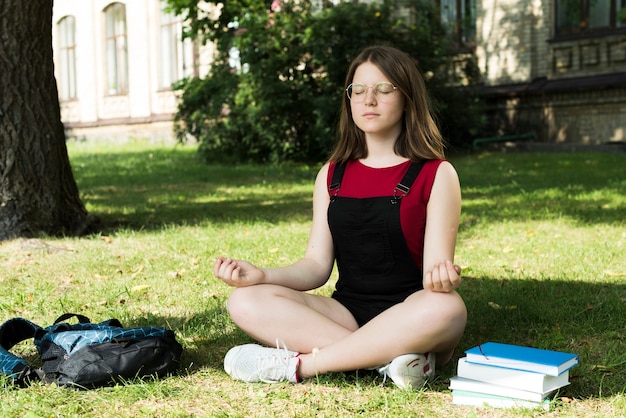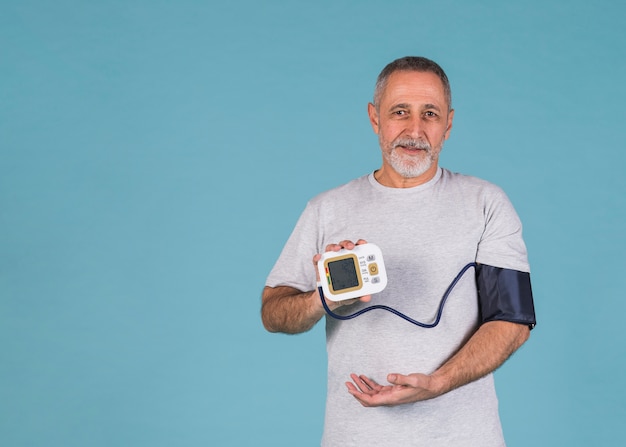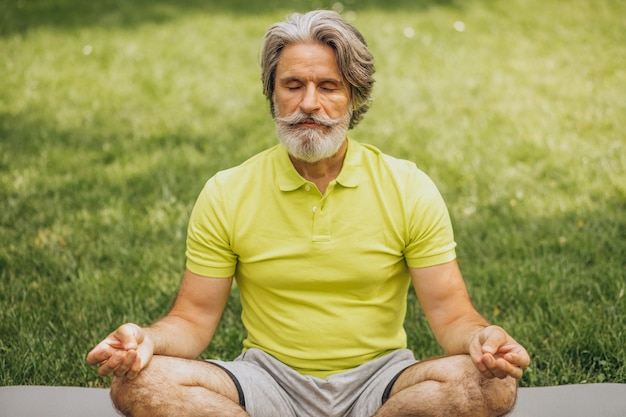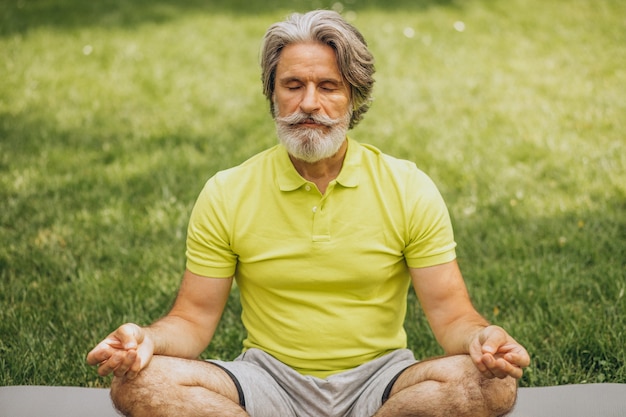If you're a man over 50, you've likely faced stress, life transitions, or the quiet weight of responsibilities. Mindfulness isn’t just for yogis or meditation apps—it’s a practical, science-backed tool to regain focus, reduce anxiety, and improve emotional resilience. The best part? Just 60 minutes a day, broken into manageable steps, can make a real difference.
As men age, cognitive shifts, hormonal changes, and lifestyle pressures can impact mental clarity and emotional balance. Research shows mindfulness practices improve attention, reduce symptoms of anxiety and depression, and even support cardiovascular health. For men over 50, mindfulness isn’t about escaping life—it’s about engaging with it more fully and clearly.
Studies indicate that regular mindfulness practice can increase gray matter density in brain regions linked to memory, emotional regulation, and self-awareness. This means better decision-making, improved sleep, and a stronger sense of control—all critical during midlife and beyond.

Mindfulness is the practice of paying deliberate, non-judgmental attention to the present moment. It’s not about emptying your mind or achieving enlightenment. It’s about noticing your thoughts, feelings, and bodily sensations without reacting to them.
For men used to solving problems and staying in control, this can feel counterintuitive. But mindfulness isn’t passive—it’s a skill that trains your brain to respond rather than react, especially under pressure.
You don’t need hours of silence. Here’s a realistic, step-by-step approach designed for busy schedules and practical minds:
Start your day with a seated or standing mindfulness session. Sit comfortably, eyes open or closed, and focus on your breath. When your mind wanders—notice it, acknowledge it (“thinking”), and gently return to breathing. This builds mental discipline and sets a calm tone for the day.

Incorporate mindfulness into physical activity. This could be walking, stretching, or light exercise. Focus on the sensations in your body—the feel of your feet on the ground, the rhythm of your breath, the movement of your muscles. This combines physical health with mental presence.
Pause during your day—ideally at lunch or mid-afternoon. Step away from screens. Sit quietly and scan your body from head to toe. Notice tension, fatigue, or emotions without judgment. This brief reset reduces mental clutter and improves afternoon focus.
Practice being fully present in a conversation. Put away distractions, maintain eye contact, and listen to understand—not to respond. This strengthens relationships and reduces misunderstandings, especially with partners or colleagues.
End your day with reflection. Sit quietly and review your day without judgment. What went well? Where did you feel stressed? What did you notice about your thoughts or reactions? Journaling can support this practice. This builds self-awareness and emotional intelligence over time.

Mindfulness reduces activity in the amygdala—the brain’s fear center—while strengthening the prefrontal cortex, responsible for rational thinking and emotional control. Over time, this shift helps you respond thoughtfully instead of reacting impulsively.
For men over 50, this can mean fewer angry outbursts, better sleep, and improved focus at work or home. It also supports heart health by lowering cortisol and blood pressure.
One size doesn’t fit all. If sitting still is hard, try walking meditation. If 60 minutes feels overwhelming, start with 20 and build up. Use guided audio if silence feels awkward. The goal is consistency, not perfection.
Integrate mindfulness into existing routines—brushing your teeth, driving, or drinking coffee. Use these moments to tune into your senses. Over time, mindfulness becomes less of a task and more of a natural way of being.
Mindfulness isn’t a quick fix, but a lifelong skill. For men over 50, it offers a path to greater clarity, emotional balance, and presence. By dedicating just 60 minutes a day to mindful practice, you invest in your mental and physical well-being in a meaningful, lasting way.
Start small. Stay consistent. Notice the shifts. The calm, clarity, and control you’re looking for may already be within reach—just one breath at a time.

Wellness

Wellness

Wellness

Wellness

Wellness

Wellness

Wellness

Health

Health

Wellness

Wellness

Wellness

Health

Fitness

Health

Health